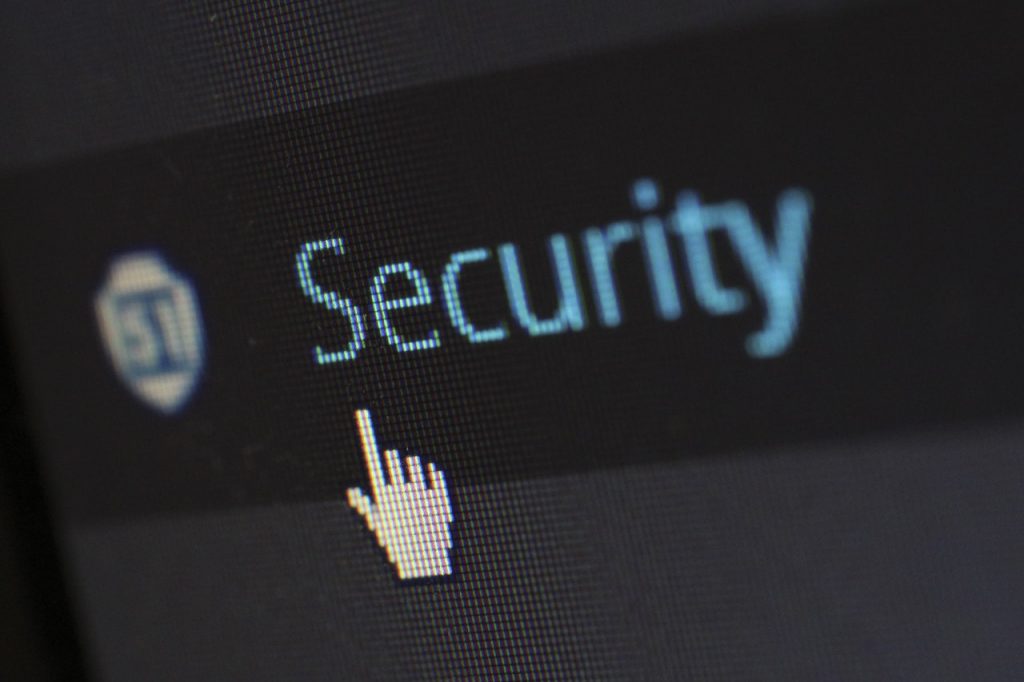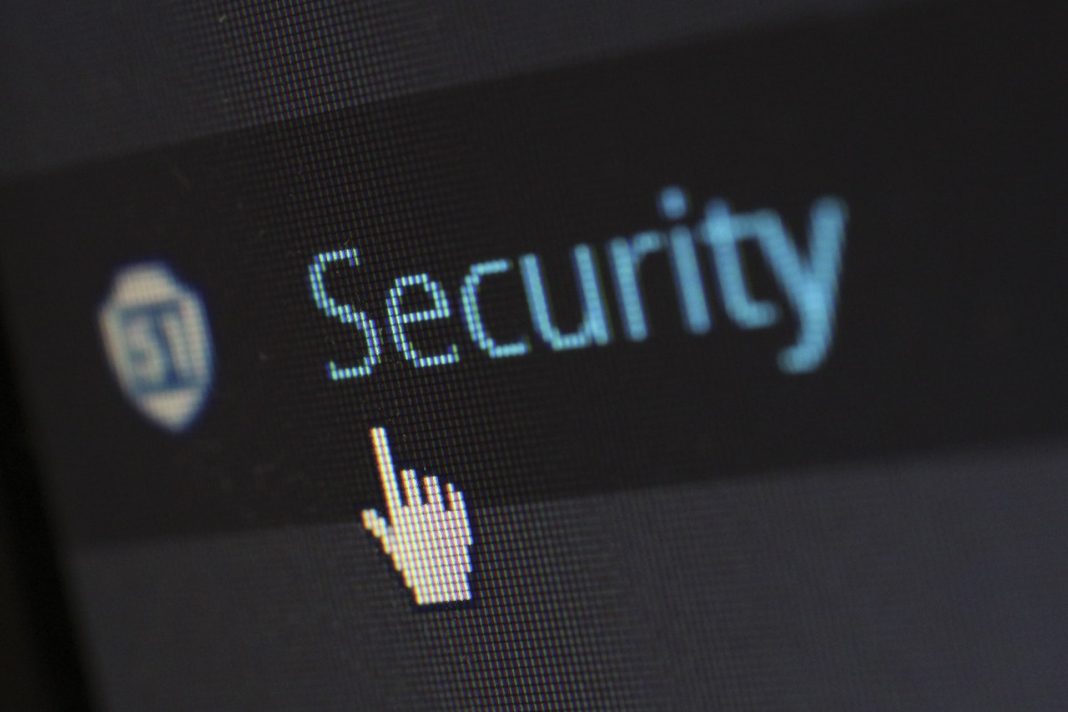Organisations store a lot of confidential data, which often do not belong to them but their customers, business partners, and suppliers. Businesses realise that storing sensitive, third-party information makes them a target to cyber attacks.

Even though the notion of cyber attacks brings up thoughts of hackers, the most significant weakness in the workplace is generally the employees. A majority of data breaches occur due to human error or negligence, therefore the internal threat often outweighs the external.
A strong cybersecurity culture in the workplace is when security is ingrained and part of every aspect of work. Building a cybersecurity culture emphasises and reinforces security behaviours among staff and also helps protect the organisation from a cyber attack.
Establishing a secure cyberspace work culture can be considered a tough mission to accomplish, but it may not be as daunting when broken down into a few steps. Firstly, consider the attitude of employees towards cybersecurity.
An organisation’s attitude towards cybersecurity plays a significant role in how employees incorporate it into their everyday work behaviour. Naturally, the frontline cannot be expected to be motivated about cybersecurity when senior leadership and management is not committed to the cause either.
Organisational leadership and management at all levels should build a positive attitude around cybersecurity awareness, which encourages the workforce to become enthusiastic about building a culture of cybersecurity as well. Achieving this enhances employees’ awareness to minimise cyber risks.
Once a cybersecurity conscious culture is implemented, the next step is to achieve employee awareness and training through various programmes. Training programmes are essential in this regard, as it will assist in building an understanding of the risks and how to avoid cyber attacks.
Training programmes should also include plans in the event of a cyber attack incident. This plan must be created with the least tech-savvy employees in mind. It must be simple, easy to understand and follow. The more information staff have on how to keep data safe, the better the chances of surviving an attack without severe data leak.
To be successful in creating a strong cybersecurity environment requires continuous effort and emphasis in the workplace. Cybersecurity is everyone’s responsibility, not just the IT department. Regardless of which approach is used to implement cybersecurity practices, employees need to be kept engaged and invested in the process.






